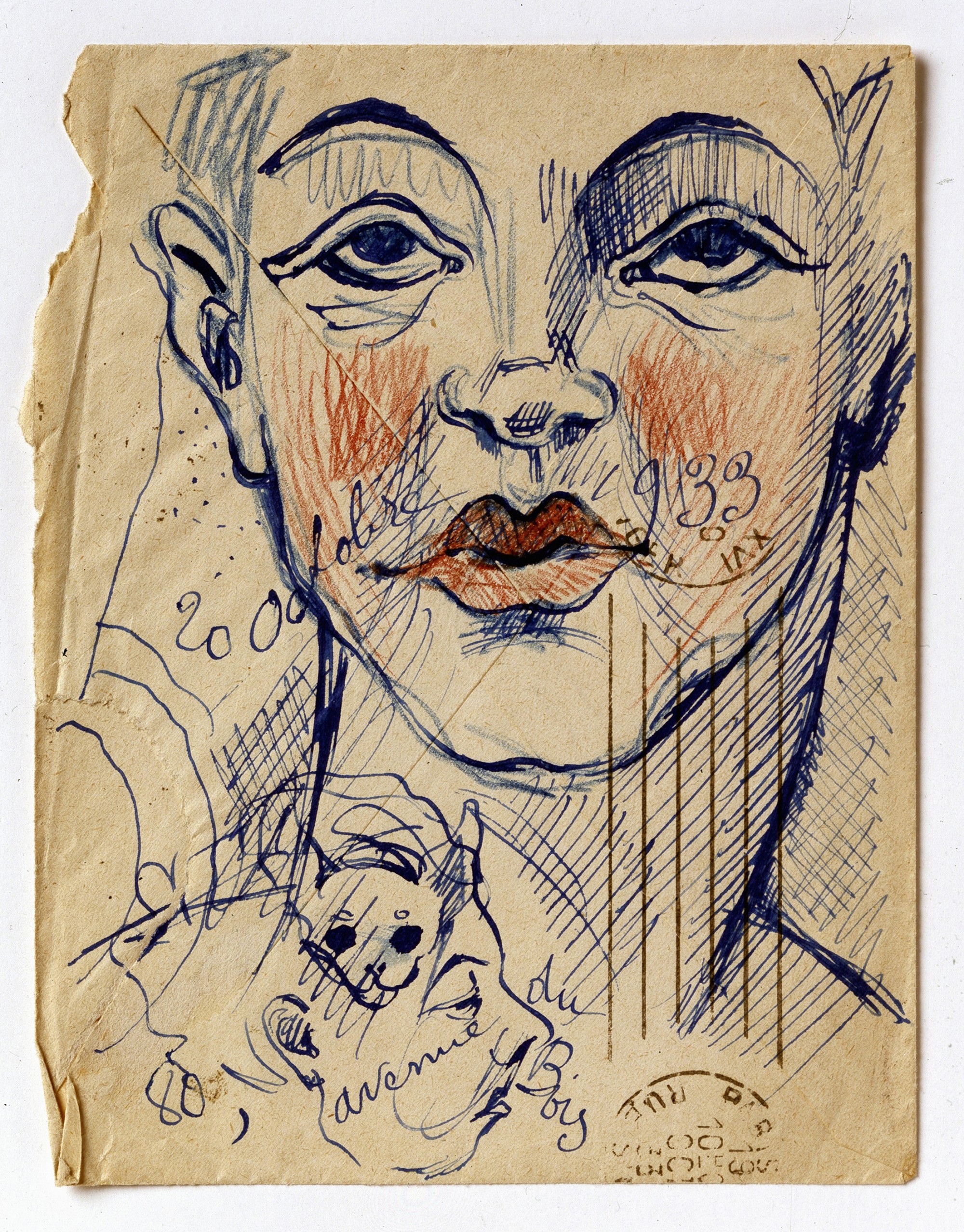1150 25th St /
Adrian Rosenfeld Gallery
Adrian Rosenfeld is pleased to announce Francis Picabia and Sigmar Polke, the next exhibition at his gallery in San Francisco. Organized in close collaboration with Michael Werner Gallery, the show examines the development of line, gesture and overlapping forms in the artists’ practice. Rather than a historical survey, the show privileges connections between two great artists from the 20th century in their approach to layered imagery, provocative subject matter and experimentation with drawing, photography, and painting. A major painting by each artist is included in the exhibition, as well as works on paper and hand-colored gelatin silver prints.
Francis Picabia (1879-1953) was a consummate shape-shifter. In his seven decades-long career, he allied himself with artistic styles and movements including Impressionism, Cubism, Dada, and Surrealism, and subsequently cast off these associations with just as much ease. This exhibition highlights drawings of well-known motifs, including Spanish dancers, surrealist compositions, nudes and a large portrait of a couple in profile emerging from a black heart embellished with small flowers. The group of works chosen for the exhibition illustrates his unique line, and its important role in the later paintings. After breaking from the Dadaists in Zurich and Paris, Picabia moved to the French Riviera in 1925 and began to expand the territory of figuration; it was there he developed his fascination with the layered compositions that define his Transparency series. In these works, detailed patterns and boldly colored landscapes comingle with an array of figures in an interplay of pictorial surfaces. Emblematic of this body of work, Edulis, 1930-33, depicts three women and organic forms set against a tumultuous night sky in an enigmatic, dreamlike composition.
Picabia and his Transparency series influenced future generations, including renowned German artist Sigmar Polke (1941–2010). The selection of Polke’s work on view includes early watercolor drawings of desert landscapes and a set of silver gelatin prints of hallucinatory double-exposures, one of Polke’s many experimentations with transparencies, upon which the artist has hand-painted colorful, psychedelic motifs. Pinselstritch, an early brushstroke painting from the 1960s, is Polke’s implacable send-up of American Pop and the Zero group: a bright teal background layered over a matrix of dot patterns that resemble newspaper and magazine printing is offset by defiantly gestural metallic brushstrokes. This seminal work is accompanied by a late drawing of Polke’s depicting what appears to be a similar brushstroke at a remarkably enlarged scale, but is actually composed of countless drops of ink on specially prepared paper.
Francis Picabia and Sigmar Polke are included in museum collections worldwide. They have each been recognized for their significant contributions to modern art; Polke received many awards in his lifetime, including the Golden Lion at the KLII Venice Biennale in 1986 and the Carnegie Prize in 1995. Each artist has recently had important retrospectives at the Museum of Modern Art, New York. The Picabia retrospective, Our Heads Are Round so Our Thoughts Can Change Direction, closed in March of this year and effectively re-established the artist’s influence to a wider audience.
For images or additional information, please contact the gallery at info@adrianrosenfeld.com or (415) 285-2841.
